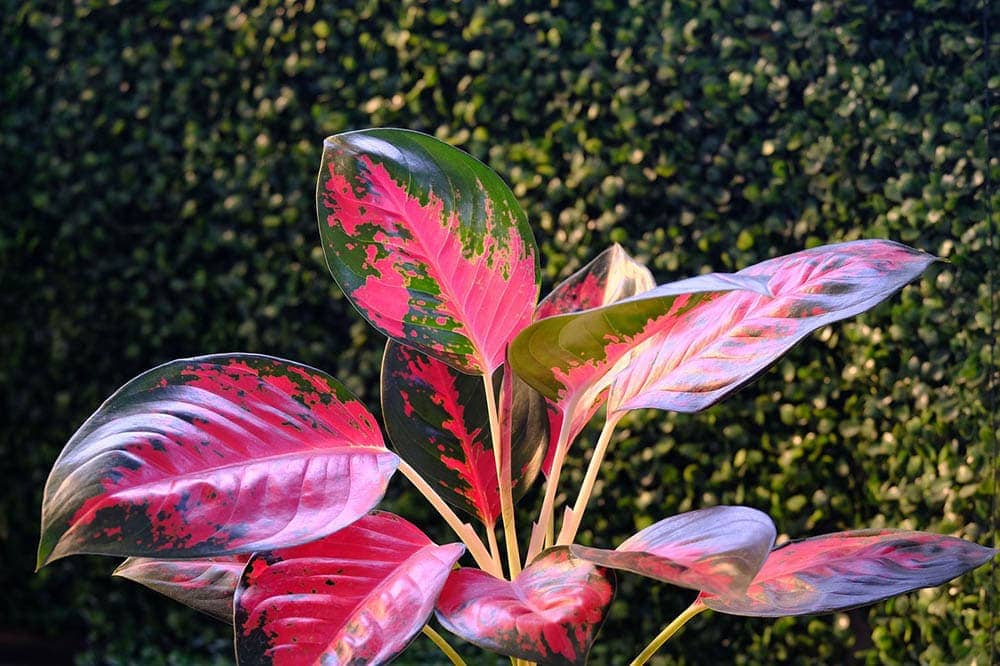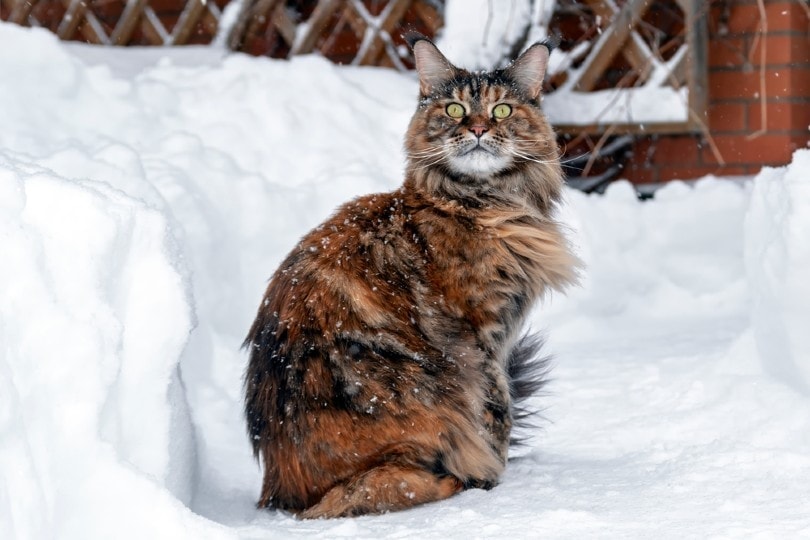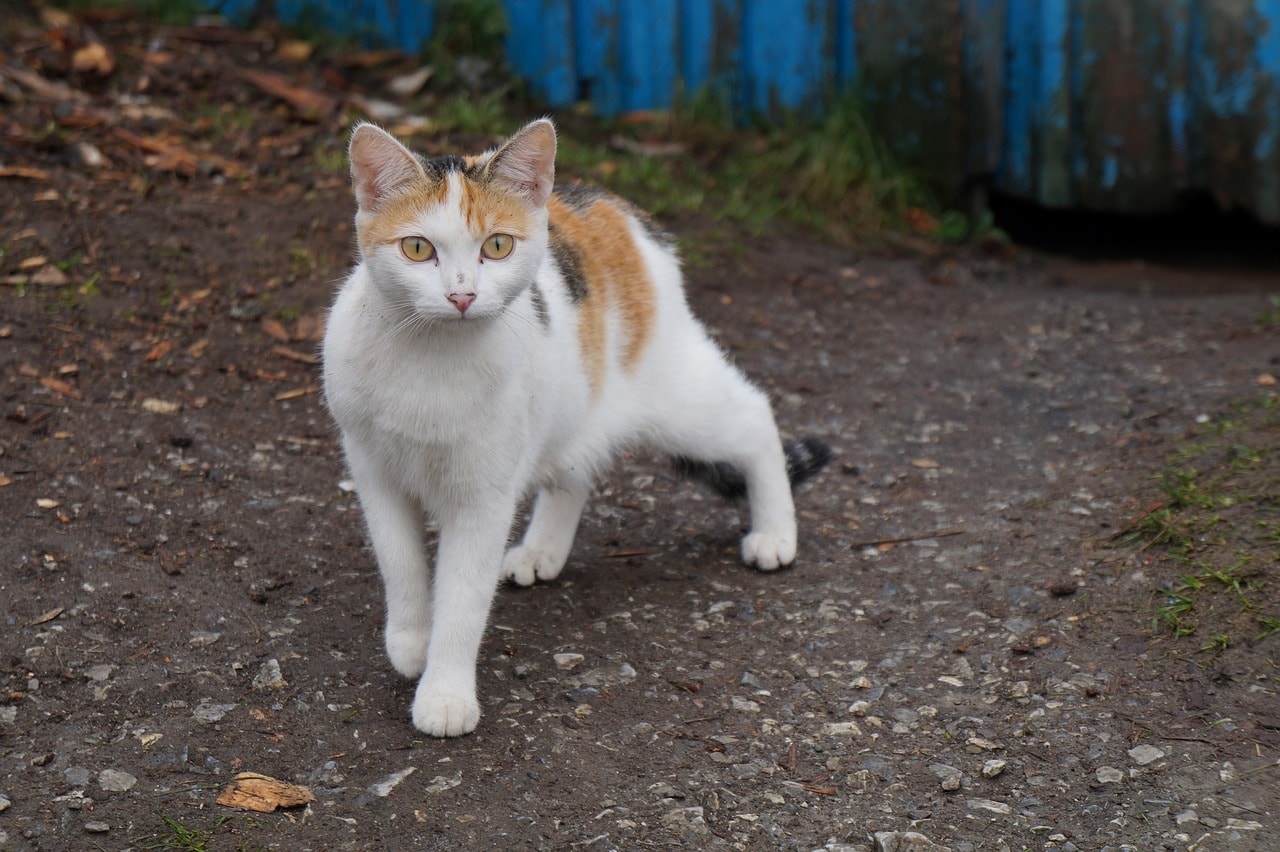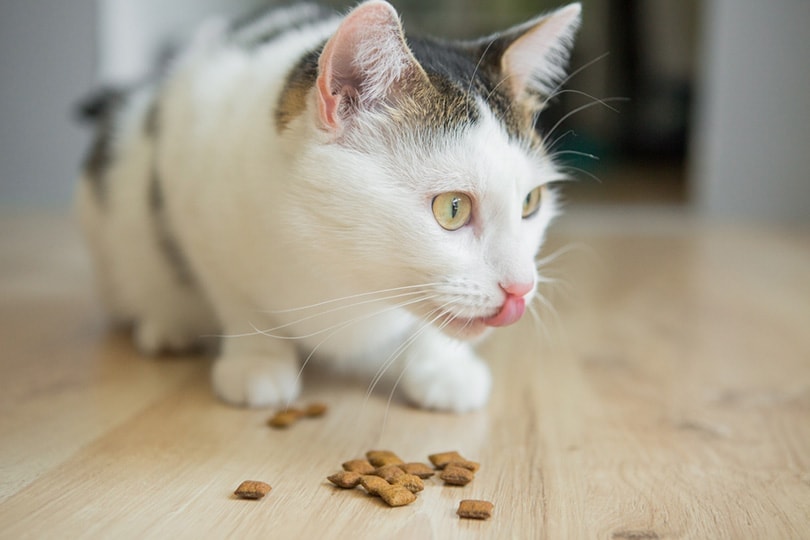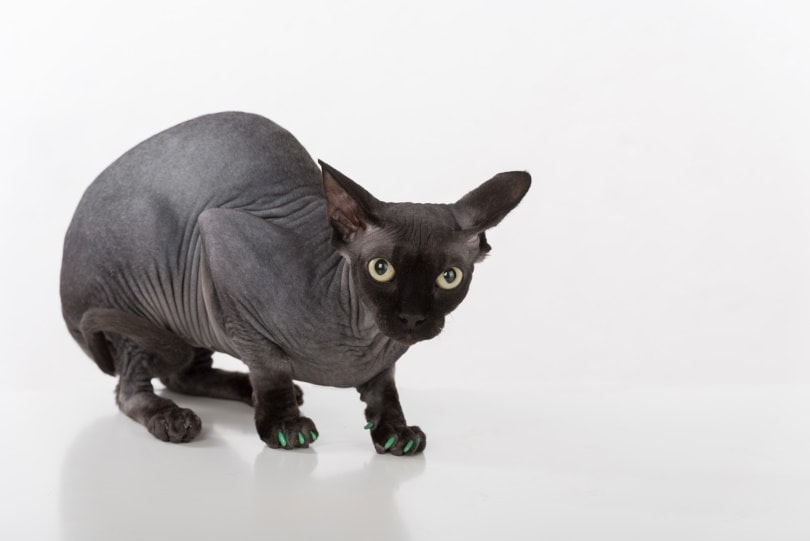If you are a cat parent but still love your plants, you may have run across a bit of a problem when it comes to keeping your plants and your cats separated. Unfortunately, cats love to nibble on the leaves and flowers of plants, dig around in the soil, and even rub themselves against plants on occasion.
However, there are some plants that are toxic to cats, so you need to be careful. The Aglaonema plant, also known as the Chinese Evergreen, is one of those plants. Aglaonema is toxic to cats as well as dogs, horses, and humans.
So, how toxic are they? How do you keep your cat safe? What makes them toxic? We’ll answer all of these questions and more in this article.
Is Aglaonema Toxic to Cats?
Aglaonema is toxic to felines. While nibbling on the plant shouldn’t kill your cat, it will make them very ill and may need a vet’s attention right away. While these plants grow very well inside, it’s best to keep them away from your cat to be on the safe side.
The reason this plant is toxic to cats is that it contains chemicals called insoluble calcium oxalates, which can cause severe sickness in felines. Unfortunately, these aren’t the only plants that contain this chemical. A few other common plants also contain this chemical, including:
- Arrowhead
- Calla Lilies
- Dieffenbachia
- Pothos
- Peace Lilies
- Dumbcane
- Elephant’s Ear
- Schefflera
- Umbrella Plant
- Philodendron

What Are the Symptoms of Aglaonema Toxicity in Cats?
If you’re worried that your cat has ingested any part of your Aglaonema plant, you need to get him to an emergency vet right away for treatment. Here are some symptoms to watch out for in your feline:
- Pain and swelling of the mouth, lips, and tongue
- Vomiting
- Excessive drooling
- Oral irritation
- Trouble swallowing
- Painful swallowing
What Should You Do if Your Cat Eats Aglaonema?
If you know or suspect that your cat has eaten Aglaonema, you need to get them to a vet right away. Your vet will be able to tell if they have Aglaonema toxicity from judging their symptoms as well as a blood test. Once toxicity has been determined, your vet may induce vomiting to clean out your feline’s system and get rid of the toxins.
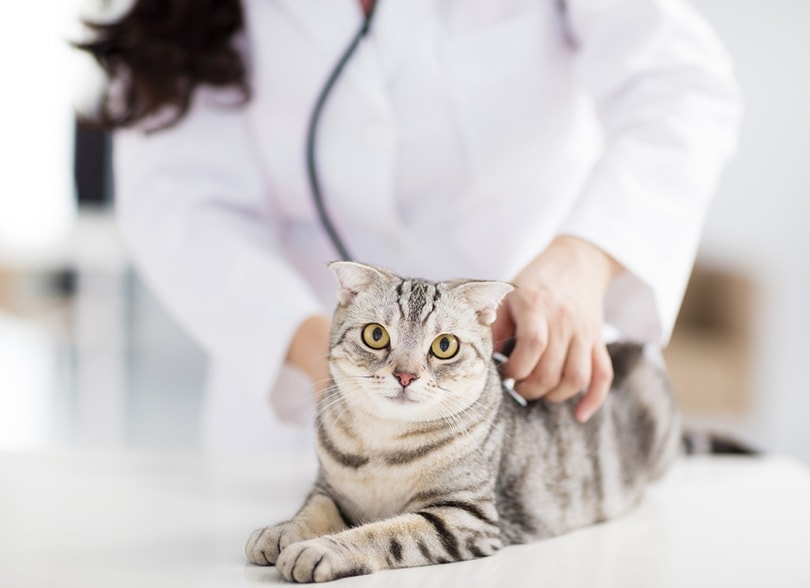
Tips for Keeping Your Cat Safe with Aglaonema in the House
Now that you know that the Aglaonema plant is toxic to your kitty, you know that you need to keep the two separated. That’s easier said than done in most cases, as cats are extremely curious animals.
The best way to keep your cat safe from Aglaonema toxicity is to not keep the plant around at all. The same goes for any plants that are poisonous to cats. However, if you’re a cat owner and plant lover, that can be a little hard to do. Here are some tips for keeping your cat safe when you have an Aglaonema plant in the house.
Use a Terrarium
Plant your Aglaonema inside of a plant terrarium with a wire mesh cover that your cat can’t break through. This ensures that the plant can stay healthy and is visible for all to see while still keeping your cat safe from being poisoned by the plant. You can also use a needlepoint mesh top, just make sure any covering you use is tight, and your cat is unable to get through it to the plant inside.
Non-Toxic, Pet-Friendly Repellents
There are quite a few non-toxic, pet-friendly repellents on the market today that will keep your cat from wanting to mess with your plant. Not only are these safe for your pet, but they’re safe for the plant and the environment as well.
You can also try natural repellents such as lemon sprays, lemon peels, and cayenne pepper to repel your cat. They don’t like these scents and will stay away.
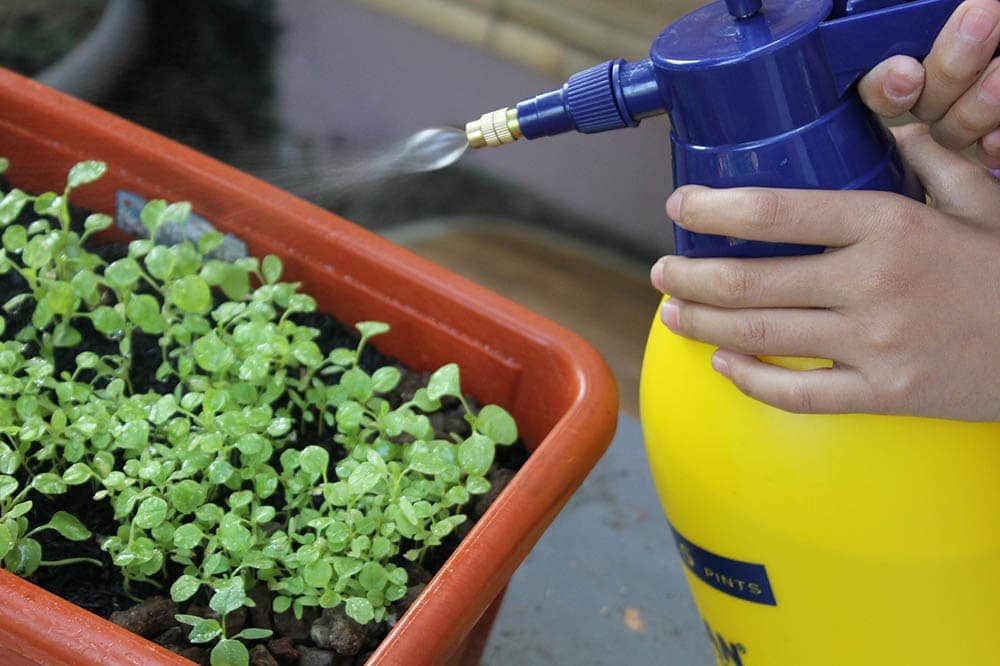
Put Your Plant in Another Room
You can always put your Aglaonema plant in a different room. However, make sure you use a room that your cat never goes into. As a matter of fact, it’s better to use a room where you can keep the door locked at all times to keep your cat from wandering inside and messing with the plant.
Train Your Cat
While it is possible to train your cat not to mess with or eat your plants, this isn’t an option we would recommend for keeping your cats safe. With this method, it’s still possible that your cat will rebel and get into the plant anyway.
Final Thoughts
Aglaonema is toxic to cats. While the toxicity probably isn’t enough to kill your feline, it can still cause severe illness and reactions. Following the tips above should allow you to keep your cat and your plants at the same time while still keeping your furry friend safe and healthy.
Featured Image Credit: ignartonosbg, Pixabay
